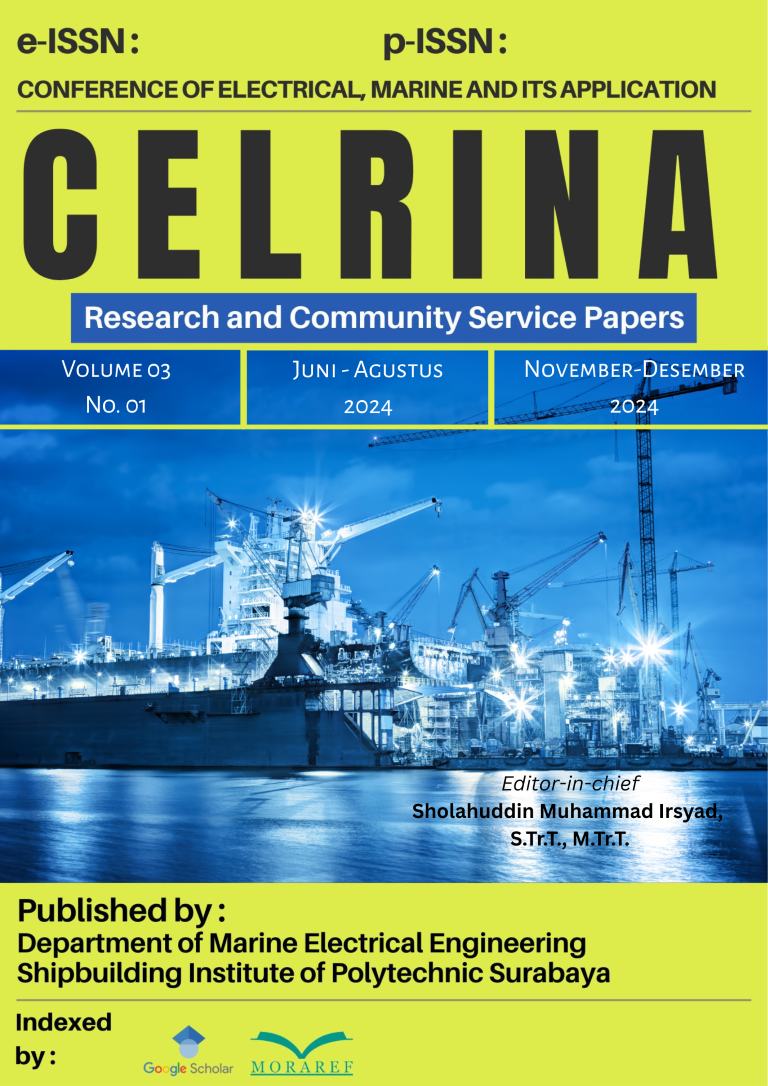Design and Simulation of DC Motor Control Based on LQR and LQT for Optimal Control System
Keywords:
DC Motor, Simulink, LQR, LQTAbstract
This paper explains the system identification process in the context of using a DC motor. DC motors are one of the most common types of electric motors used in various industrial applications. This is due to the various advantages of DC motors, such as their simple structure, robustness, relatively affordable cost, and no complicated process in their operation. However, the main challenge discussed in this article is maintaining a constant motor speed, especially when there is a certain load change. Load changes can cause changes in motor response, even if a controller has been implemented. To overcome this, the optimization control techniques used are Linear Quadratic Regulator (LQR) and Linear Quadratic Tracking (LQT). In this study, a DC Motor System Identification Module was developed with Arduino, which aims to facilitate the acquisition of DC motor models using first-order and second-order modeling methods. This module integrates Arduino and Simulink Matlab, which is used to collect input and output data needed in the system identification process. The result of this system identification is a DC motor model with an exogenous quadratic autoregressive (ARX) model. In addition, in the implementation of the LQR control technique, the parameter of the Q element matrix is generated by multiplying the system matrix C by the system matrix C. While the R element matrix is adjusted to the actual test of 0.0001. The experimental results show that the use of LQR control produces a more optimal system response time constant.




